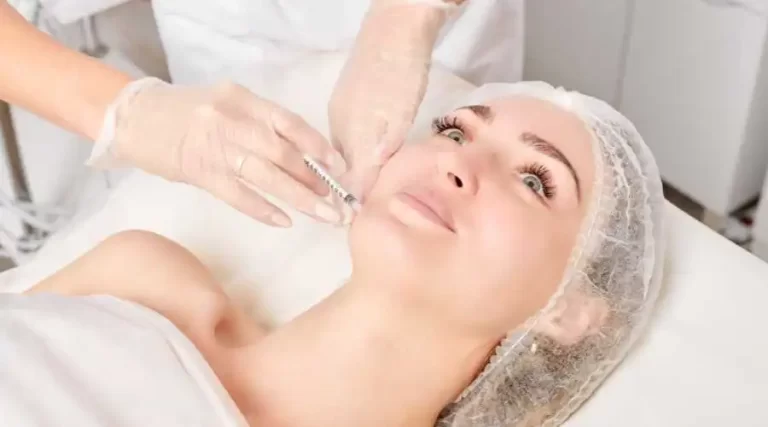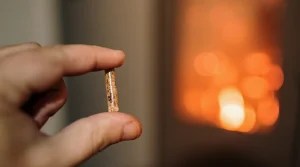Specifically utilized for cosmetic purposes to address wrinkles, laugh lines, crow’s feet, and facial lines, Dysport (abobotulinumtoxinA) and Botox (onabotulinumtoxinA) stand as two injectable formulations derived from botulinum toxin A. This neurotoxin induces temporary muscle paralysis.
Both treatments are widely recognized for their safety profile, accompanied by minimal adverse effects and additional medical applications. Notably, Dysport injections, in contrast to their Botox counterparts, have the potential to spread over a wider area and exhibit a quicker onset.
To enhance your understanding of these choices, this article presents a concise comparison between Dysport and Botox, shedding light on the distinctions that set them apart. Take the first steps toward a better version of yourself with Lasting Impression Botox in Fair Lawn, NJ—schedule a consultation today.
Dysport and Botox: Cosmetic Marvels
Dysport (abobotulinumtoxinA) and Botox (onabotulinumtoxinA) are:
- The dynamic duos of cosmetic treatments.
- Reigning supreme over wrinkles.
- Laugh lines.
- Crow’s feet.
- Other facial lines.
Both are injectable forms of botulinum toxin A, a neurotoxin with the temporary power to paralyze muscles.
These aesthetic wonders are not only considered safe, with minimal side effects, but they also extend their prowess beyond cosmetics to offer additional medical benefits. However, the choice between Dysport and Botox isn’t a one-size-fits-all decision. Each has unique characteristics, and understanding the differences is key to making an informed choice.
Dermal Fillers: Adding Volume, Erasing Lines
Dermal fillers are the unsung heroes of cosmetic injectables, designed to add volume to the skin and address a myriad of facial creases. Whether it’s deep lines, sagging, frown lines, depressed acne scars, smoker’s lines, laugh lines, or thin lips, dermal fillers step up to soften and enhance the appearance. The secret lies in diverse materials like hyaluronic acid, calcium hydroxyapatite, and poly-L-lactic acid.
The duration of filler injections varies from 8 months to a year, depending on the specific type of injection. Each filler excels in different facial regions, emphasizing the importance of choosing the right option tailored to individual preferences.
Botox: A Refined Protein for Timeless Beauty
Botox emerges as a frontrunner among dermal fillers, hailing from a refined protein that works magic by relaxing facial muscles. This relaxation not only smoothens wrinkles but also bestows a more youthful appearance. Botox injections address crow’s feet, frown lines, forehead lines, nasolabial folds (smile lines), glabella lines, and vertical lines.
By temporarily numbing facial muscles, Botox goes beyond the cosmetic realm, preventing the appearance of fine lines and wrinkles and muscular spasms. The effects typically last 3-4 months, offering a temporary yet impactful solution for a rejuvenated look.
The Cost Game: Dysport vs. Botox
Now, let’s talk numbers. The cost of your journey to smoother skin depends on various factors. Cosmetic adventures might not be covered by insurance, but financial backup might be in play if it’s a medical mission. Whether a plastic surgeon or a registered nurse, the maestro behind the needle can influence the cost meter. Plastic surgeons might make your wallet shed a few more tears, so it’s wise to inquire about the price before diving into the treatment.
Prices are playing a unit game here. Botox injections can range from $10 to $25 per unit, while individual units of Dysport are priced at $4-$8 each. But here’s the twist – to achieve the same effect, you might need three times the units of Dysport. Sneaky, right? The price tag on these wrinkle-busters is like a mixtape, with dollars dancing and wrinkles taking a backseat.
Botox & Dysport: Comparing Commonalities and Distinctions
- Botox & Dysport: Commonalities – Dysport and Botox share similarities in their underlying composition. Both address specific medical conditions and provide aesthetic advantages, such as reducing wrinkles and laugh lines.
- Ingredients – Dysport and Botox rely on botulinum toxin A, minimizing neurotransmitter release to induce muscle relaxation and deliver therapeutic and aesthetic benefits.
- Indications – Despite minor distinctions, Dysport and Botox share common indications. Both are employed for cosmetic procedures, with Dysport specifically authorized to treat glabellar lines. They also address cervical dystonia in adults.
- Administration – Administered through subdermal injections, Dysport and Botox target specific areas requiring therapy. Qualified providers handle the injections, including doctors, physician assistants, dentists, registered nurses, skincare experts, and plastic surgeons.
Botox & Dysport: Distinctions
While sharing similarities, Dysport and Botox differ in crucial aspects:
- Source of Toxin – Botox taps into botulinum toxin type A, whereas Dysport springs from type B.
- Concentration and Speed of Results – Botox boasts a higher concentration, resulting in a slower onset of effects. Dysport, being more diluted, kicks in faster.
- Duration of Benefits – Botox tends to outlast Dysport, with benefits lasting 3-4 months and 2-3 months for Dysport.
- Spread and Application – Dysport spreads faster due to its more diluted nature, making it suitable for broader treatment areas. Botox excels in precision, ideal for small, targeted zones and stubborn wrinkles.
- Effectiveness – Botox clinches the effectiveness crown, making it the preferred choice for intricate locations and challenging wrinkles.
- Both Botox and Dysport are hailed as safe and effective wrinkle treatments. The ideal match for you rests with you and your medical esthetician, guiding you through the nuances and helping you decide which one takes the spotlight in your skincare saga.
More Details on the Consultation Process
Board-certified plastic surgeons or estheticians will delve into your specific goals and demands during the consultation. Whether you prioritize a speedy transformation or a longer-lasting effect, this personalized approach ensures that your choice between Dysport and Botox aligns seamlessly with your unique skincare objectives.
Ready to make an informed choice? Schedule a consultation with Bergen County Botox by Lasting Impression now. Their highly qualified medical estheticians, led by Dr. Roel Galope, MD, specialize in professional treatment solutions, ensuring you achieve radiant skin and your best look this summer.
For more information or to book a free consultation online, contact (973) 314-2770. Your journey to beautiful and rejuvenated skin begins here! 🌺✨







